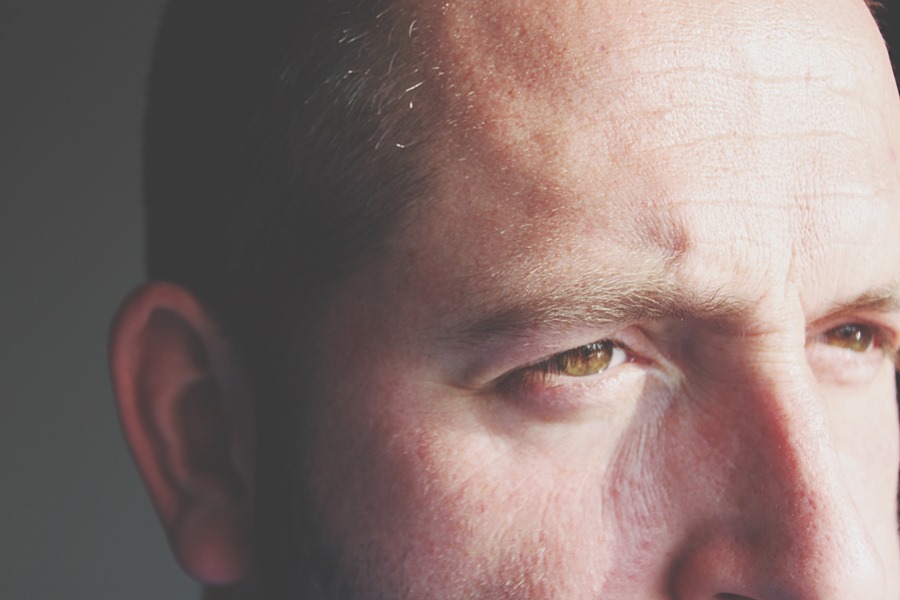The liver is responsible for over 500 essential processes in the human body. Among these processes, the liver works diligently to process any alcohol you consume, breaking it down into compounds that your body can handle.
However, when alcohol consumption exceeds your liver’s capacity to process it safely, liver damage can occur. This damage often happens silently, with symptoms appearing only after significant harm has been done. But despite potential physical symptoms arising, many people continue drinking, unaware that their liver may be in serious trouble.
In fact, liver failure from alcohol can happen much faster than most people expect. In other words, mixing liver disease and alcohol can become very serious, very quickly. And getting help early can be the biggest difference between making a full recovery and causing permanent damage.
In this article, we take a closer look at the signs of liver damage from alcohol, when to quit drinking, fatty liver disease, and more. Can your liver heal after quitting alcohol? How exactly does alcohol impact the liver? Keep reading to find out.
How Alcohol Affects the Liver
Your liver acts as your body’s primary detoxification center, filtering toxins from your blood and converting harmful substances into safer compounds. Located in your upper right abdomen, this organ weighs about three pounds and contains specialized cells called hepatocytes that perform the bulk of metabolic work.
When you drink alcohol, your liver prioritizes processing it above other functions. Enzymes break down alcohol into acetaldehyde, a toxic compound that must be further processed into acetate before elimination. Your liver can process roughly one standard drink per hour. Yet, drinking more than this rate forces acetaldehyde to accumulate, causing damage.
Chronic drinking puts the liver under constant stress. Over time, repeated alcohol exposure triggers inflammation and disrupts the liver’s natural ability to heal itself. Fat begins to build up inside liver cells, leading to fatty liver disease, which is the earliest stage of alcohol-related liver damage.
If drinking continues, the condition can progress to alcoholic hepatitis, where liver cells become inflamed, begin to die, and scar tissue starts to form. Without treatment, this scarring can advance to cirrhosis, a serious condition where healthy liver tissue is permanently replaced with non-functioning scar tissue. As a result, this severely limits the liver’s ability to perform its vital functions.
Types of Alcohol-Related Liver Disease
Alcohol and cirrhosis (chronic liver failure) sounds scary, and it should. Liver disease is no joke, and is often avoidable, especially where alcohol is concerned. Here are the main alcohol-related liver diseases you should be aware of (and work toward avoiding):
- Fatty Liver (Steatosis): This is the earliest stage of alcohol-related liver disease, which occurs when fat accumulates in liver cells. It typically develops in up to 90% of people who drink heavily for several weeks or months. But a fatty liver often causes no symptoms. It can, however, be detected through blood tests or imaging. The liver may become enlarged and tender. Luckily, this stage is reversible with complete alcohol cessation, often showing improvement within weeks to months.
- Alcoholic Hepatitis: Continued drinking leads to inflammation and liver cell death. This stage can occur suddenly or develop gradually over months. Symptoms include jaundice (yellowing of skin and eyes), abdominal pain, fever, nausea, and fatigue. Severe cases can be life-threatening. Some liver function may return with alcohol cessation, but recovery is slower and less complete than with fatty liver.
- Cirrhosis and Liver Failure: The final stage involves irreversible scarring that replaces healthy liver tissue. The liver becomes hard and nodular, unable to perform essential functions. Cirrhosis symptoms include portal hypertension, fluid accumulation in the abdomen, bleeding from enlarged veins, and hepatic encephalopathy (brain dysfunction). Without a liver transplant, end-stage cirrhosis is fatal. Early cirrhosis may stabilize with alcohol cessation, but advanced cases continue progressing despite sobriety.
Signs and Symptoms That It’s Time to Quit Drinking
Many liver disease symptoms remain silent until serious damage has occurred. However, certain physical signs can serve as early warnings, such as:
- Persistent fatigue and weakness
- Jaundice (yellowing of skin and eyes)
- Swelling in the legs, ankles, or abdomen
- Nausea and loss of appetite
- Unexplained weight loss
- Abdominal pain, especially in the upper right area
Laboratory results from testing can also offer a wake-up call. Such indicators may include:
- Elevated AST (aspartate aminotransferase) levels
- Elevated ALT (alanine aminotransferase) levels
- Increased bilirubin levels
- Abnormal liver function panel results
Keep in mind that by the time symptoms appear, significant liver injury may have already occurred. Thus, medical monitoring becomes essential for anyone who drinks regularly, as blood tests can detect liver problems before physical symptoms develop.
Can the Liver Heal After Quitting Alcohol?
The liver has remarkable regenerative abilities; however, recovery ultimately depends on when you stop drinking. Fatty liver can reverse within weeks to months of complete abstinence. Alcoholic hepatitis may also partially heal with sustained sobriety.
However, cirrhosis involves permanent scarring that cannot be reversed. Thus, the sooner you quit, the better your chances of recovery.
At the end of the day, long-term abstinence is essential for preventing further damage and allowing maximum healing.
Why Quitting on Your Own May Be Dangerous
Attempting an alcohol detox on your own can result in severe withdrawal symptoms, particularly dangerous for those with existing liver disease. Alcohol withdrawal can trigger seizures, delirium tremens, and cardiovascular complications. People with advanced liver disease also face increased risks during detox due to their compromised metabolic function.
However, inpatient rehab for alcohol abuse provides medically supervised detox with monitoring and intervention when complications arise. When it comes down to it, professional support ensures safe withdrawal while addressing underlying addiction issues. In turn, this can help you avoid complications and get you on the path toward sobriety safely.
How Genesis House Helps You Quit Safely and Stay Sober
At Genesis House, we offer medical detoxification with liver-safe protocols specifically designed for individuals with compromised liver function. Our comprehensive approach includes nutrition support, adequate rest, and monitored recovery to help your body heal.
We also address the emotional aspects of addiction through counseling, while our long-term planning focuses on maintaining sobriety. We further treat co-occurring disorders like depression or trauma that often contribute to alcohol dependence, ensuring holistic recovery that addresses all aspects of your health.
When the Body Says It’s Time to Quit, Listen
Liver disease is your body’s urgent message that alcohol is causing serious harm. While damage may already exist, it’s never too late to stop drinking and begin healing. Early intervention can prevent further deterioration and allow recovery. Your body is asking for help, and now is the time to listen and act.
Have you or a loved one been warned about liver damage from alcohol? Don’t wait until it’s too late. Contact Genesis House today and take the first step toward healing.






